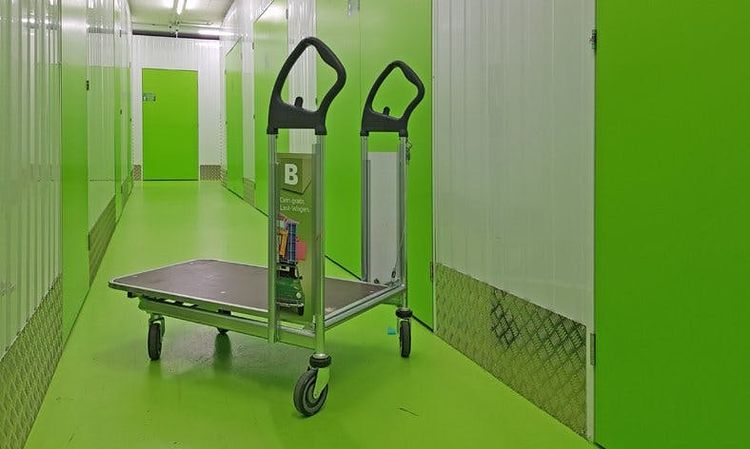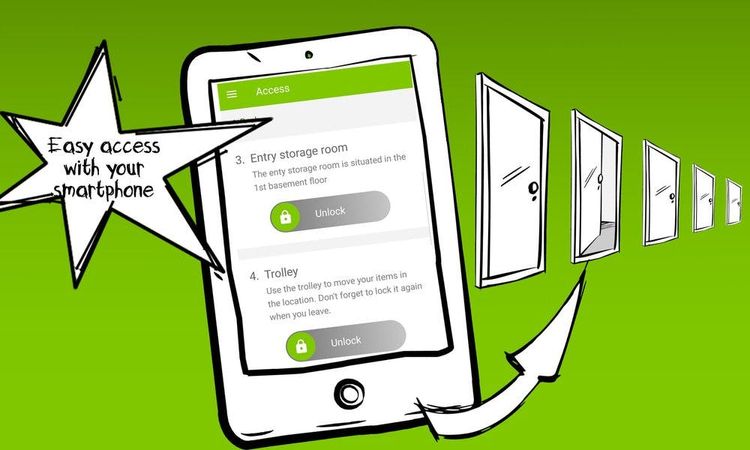GObugfree opens the first public IoT bug bounty program to PlaceB
PlaceB offers a large network of self-storage units at various locations in Switzerland. Using the cell phone, which acts as a key, customers can easily open the doors to the rented storage space with the sliding button or even give access permission to the storage space to family members and friends with a few clicks of the mouse. It is an IoT ecosystem that includes both the connected devices and the cloud service that controls them.

Security, then, is a key element for the storage provider and its customers. However, the proliferation of connected IoT devices across consumer, enterprise and healthcare organizations and their internal vulnerabilities have created a security blind spot where cyber criminals can launch a zero-day attack* to compromise devices such as webcams, smart TVs, routers, printers or even a smart home.

So in PlaceB's case, its self-storage rooms could become the target of a cyber attack, which is why PlaceB is now counting on the services of ethical bug hunters (hackers) and security experts at Bug Bounty Hub to proactively uncover and clean up any security vulnerabilities.
Tobias Kaufmann, COO & CFO of PlaceB says,
PlaceB needs to be assured that our customers' goods are stored safely and securely. BugBountyHub leverages the skills, swarm intelligence and human creativity of ethical hackers to uncover security vulnerabilities and enables us to fix vulnerabilities as soon as they are discovered, faster than traditional alternatives.
* A zero-day attack is the application of a zero-day exploit (method cybercriminals use to attack) to a previously undetected vulnerability to cause damage or steal data from a weakened system. The term traces back to the fact that there are zero days between the discovery of the vulnerability and the first attack